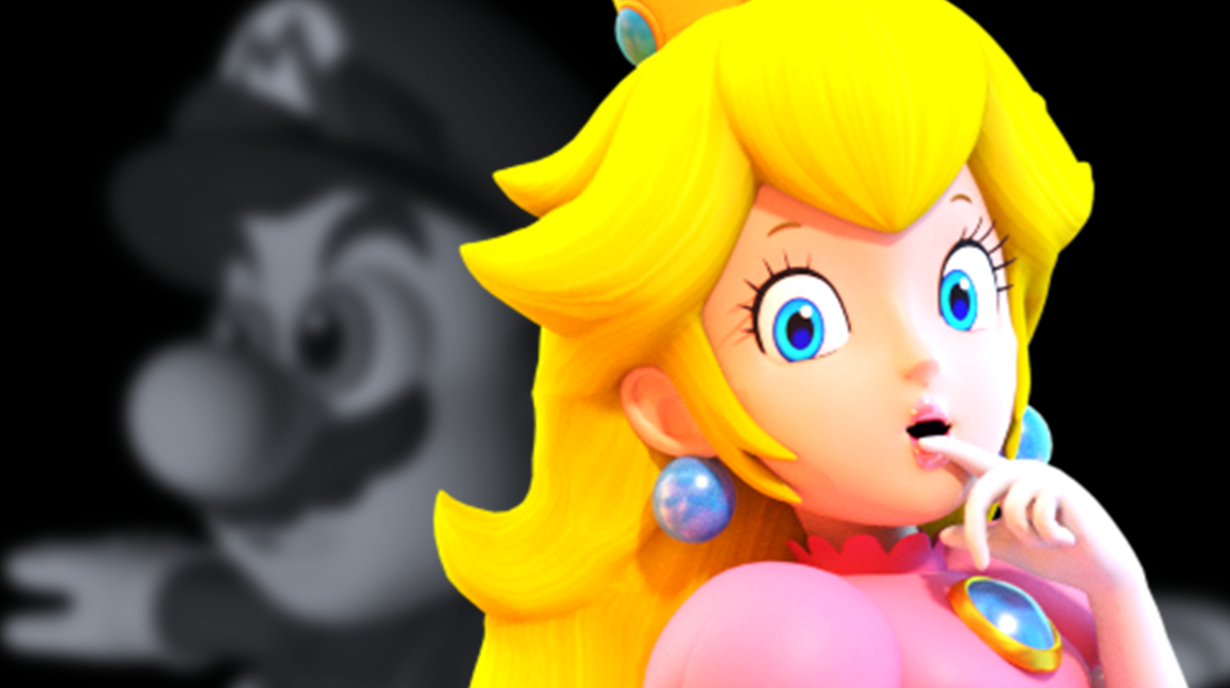Digital Foundry‘s latest project is the recently released Sonic Frontiers which looks pretty good fun. The video game tech enthusiasts have said that it is very impressive that Sonic Team got the game running on the Nintendo Switch, but the cut backs are noticeable. They ultimately advise purchasing it on another platform, if you can, but if you can’t then it should be noted it is perfectly playable. The game runs at 720p when the Switch is docked and 480p when played in handheld mode. Here’s their thoughts on the Nintendo Switch version of Sonic Frontiers.
“I expected a downgrade but the loss in visual fidelity is severe to the point where I find it exceptionally distracting. The world is extremely blurry, textures are reduced in quality and pop-in is beyond atrocious. It’s not good in other versions but detailed is pared way back on Switch to the point where it just looks empty. Grass draws in right in front of Sonic to the point of distraction. Global illumination is restored, at least, but the data is in monochrome, so you don’t get the nice colour transfer and natural bounce of the other versions. It just looks a lot plainer overall.
The changes don’t stop there. Motion blur seems to be completely disabled which reduces overall fluidity of the game, normal-mapped water ripples are completely gone, trees and other details use ‘lower than low’ settings, transparency effects are ultra low res and chunky while screen-space reflections are lower in quality while docked and removed completely in mobile play. Adding to list of grievances you’ll find pre-rendered video quality objectionable, while loading times are more similar to a console with a mechanical hard drive.
Alas, when we get to performance, things are even less appealing. Frame-pacing issues remain like every other 30fps version of the game but they seem slightly worse overall. Furthermore, the frame-rate regularly slips just below 30 fps further increasing the judder. The action stages definitely perform best but they’re still less fluid overall than any other version of the game and, without motion blur, appear rather stuttery. The island areas are obviously the worst, and I’ve only had a chance to test the first area – I’d imagine it gets even worse in later areas given the increase in complexity.
Nobody expected Switch to match the more powerful consoles and I think the developers mostly made the right choices in terms of what to cut but the cuts are deep enough that it begins to hurt the overall experience. This isn’t like a retro game kind of situation either – you can tell the game was not built with this hardware in mind and getting it to work at all was clearly a big task. If this is your only option, it can still be a fun time, but this is not how I’d want to enjoy Sonic Frontiers.”








